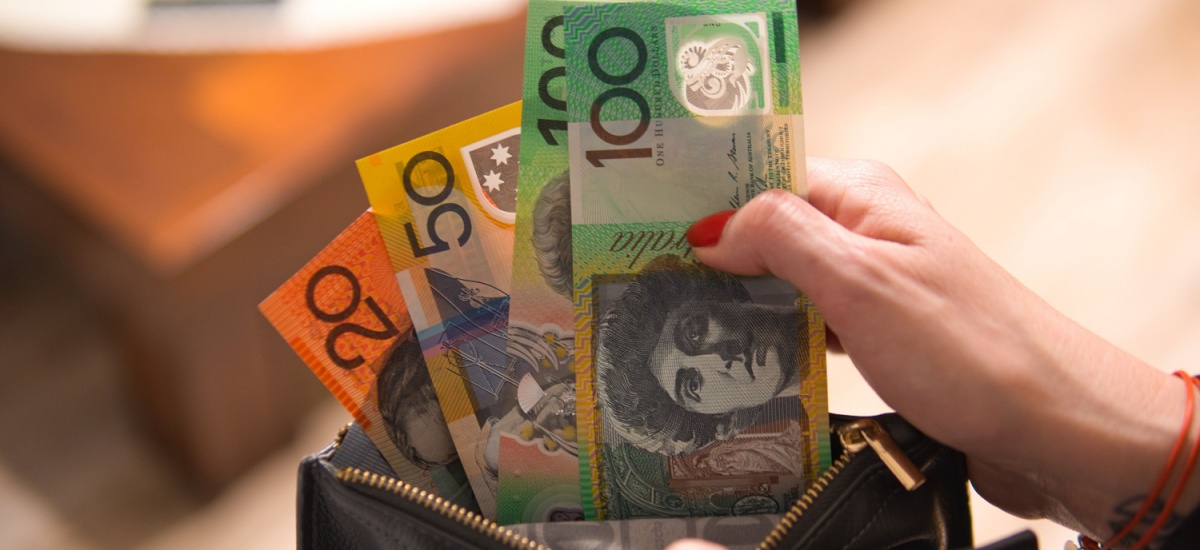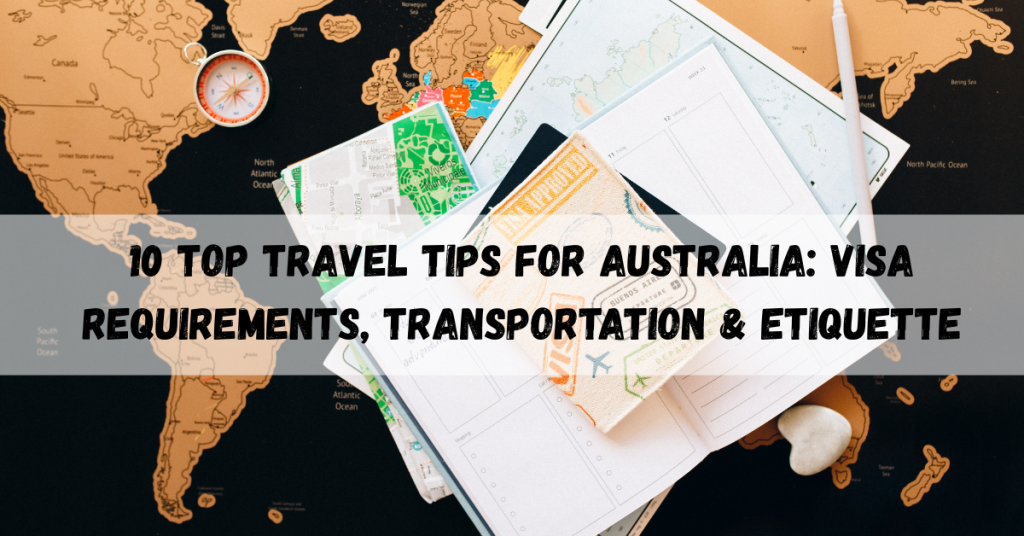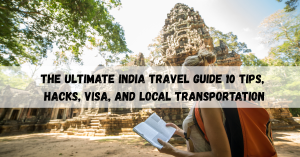Tips for Australia is a dream destination for many travelers, offering stunning beaches, unique wildlife, and world-class cities. Whether you’re planning a short vacation or a long-term stay, understanding the country’s visa requirements, local customs, and travel options will help you make the most of your trip. This guide covers essential travel tips, entry requirements, transportation options, and how to interact with locals for a smooth experience.
Tips for Australia Visa and Entry Requirements
Visa Types for Australia
Before traveling, determine which visa suits your trip
-
Tourist Visa (Visitor Visa – Subclass 600)
- Best for vacations, visiting family, and short-term business trips.
- Allows stays of up to 3, 6, or 12 months, depending on approval.
- Can be applied for multiple entries if needed.
-
Working Holiday Visa (Subclass 417 & 462)
- Designed for young travelers (18-30, or up to 35 for some countries).
- Allows you to work and travel for up to 12 months.
- Ideal for those wanting to fund their trip by working in Australia.
-
Student Visa (Subclass 500)
- Required for international students enrolling in an Australian educational institution.
- Allows part-time work during the academic term and full-time work during holidays.
- Must have Overseas Student Health Cover (OSHC).
-
Business Visa (Subclass 651, 400, 188)
- Suitable for short-term business trips, investment visits, and conferences.
- Some business visas offer pathways to permanent residency.
- Must provide proof of financial backing and business purpose.
How to Apply for an Australian Visa
- Apply online via the Australian Government’s Department of Home Affairs website.
- Prepare necessary documents, including:
- A valid passport (with at least six months’ validity).
- Proof of funds to cover your stay.
- A return flight ticket (in some cases).
- Travel itinerary and accommodation details.
- Health and character checks may be required depending on your visa type.
- Processing time varies but can take anywhere from a few days to several weeks.
Customs Regulations and Entry Restrictions
- Strict biosecurity laws: Australia protects its environment by restricting foreign food, plants, and animal products.
- Declare all items: Failure to declare restricted goods can result in fines or legal action.
- Alcohol & tobacco limits: Duty-free allowance applies, check limits before arrival.
- Medication rules: Some prescription medicines require a doctor’s letter and approval before entry.
Best Travel Tips for Visiting Australia
Best Time to Visit Australia
-
Spring (September–November)
- Perfect for outdoor activities, hiking, and wildlife spotting.
- Mild temperatures make it ideal for exploring cities like Sydney, Melbourne, and Adelaide.
- Fewer crowds compared to peak summer months.
-
Summer (December–February)
- Best for beach vacations, surfing, and snorkeling at the Great Barrier Reef.
- Cities like Perth and Adelaide can experience extreme heatwaves.
- Peak tourist season, so accommodation prices may be higher.
-
Autumn (March–May)
- Comfortable temperatures make it perfect for sightseeing and wine-tasting tours in Barossa Valley.
- Ideal for road trips along the Great Ocean Road.
- Fewer crowds compared to summer.
-
Winter (June–August)
- Skiing season in Thredbo, Perisher, and the Victorian Alps.
- The Northern Territory and Queensland have pleasant weather, making it the best time for exploring the Outback and Great Barrier Reef.
- Whale-watching season along Australia’s east and west coasts.
Understanding the Australian Climate
-
Northern Australia (Queensland, Darwin, Cairns)
- Tropical climate with two distinct seasons: wet (November–April) and dry (May–October).
- Wet season brings heavy rains and possible cyclones.
- Dry season is best for visiting national parks like Kakadu and Litchfield.
-
Southern Australia (Melbourne, Tasmania, Adelaide)
- Four distinct seasons, with warm summers and cool winters.
- Melbourne is known for experiencing “four seasons in one day.”
- Tasmania’s winter months (June–August) can be quite chilly, with occasional snow.
-
Western Australia (Perth, Broome)
- Hot summers and mild, rainy winters.
- Perth’s summer (December–February) can reach up to 40°C (104°F).
- Best time to visit Broome (May–October) for dry weather and stunning Cable Beach sunsets.
Money & Budgeting Tips in Australia

| Category | Tip | Details |
|---|---|---|
| Currency | Use Australian Dollars (AUD) | The official currency; exchange at airports, banks, and exchange centers. |
| Payment Methods | Carry some cash for rural areas | Credit and debit cards are widely accepted, but some remote locations may require cash. |
| Dining Budget | Eat at food courts & local markets | Restaurants can be expensive; markets and food courts offer budget-friendly meals. |
| Public Transport | Use transport cards | Opal (Sydney), Myki (Melbourne), and Go Card (Brisbane) offer cheaper fares. |
| Tipping Culture | Not mandatory | Tipping isn’t required, but rounding up or tipping 10% for great service is appreciated. |
Health & Safety Guidelines in Australia
| Category | Tip | Details |
|---|---|---|
| Drinking Water | Tap water is safe | Most cities have clean drinking water, reducing the need for bottled water. |
| Sun Protection | Always wear sunscreen | Australia has one of the highest UV levels—SPF 50+ sunscreen is essential. |
| Wildlife Safety | Be cautious around animals | Watch for jellyfish at beaches, avoid touching snakes and spiders, and follow safety signs. |
| Weather & Climate | Pack for different conditions | Australia has hot summers, cool winters, and tropical weather in the north. |
| Emergency Numbers | Dial 000 for emergencies | Connects to police, ambulance, and fire services across Australia. |
Local Transportation in Australia

Public Transport in Major Cities
- Major cities like Sydney, Melbourne, and Brisbane have efficient train, tram, and bus networks that make getting around easy.
- Transport cards like Opal (Sydney), Myki (Melbourne), and Go Card (Brisbane) provide discounted fares and seamless travel.
- Trams are free in Melbourne’s city center, making it convenient for tourists.
Renting a Car vs. Public Transport
- Renting a car is ideal for road trips along Great Ocean Road, the Outback, and remote areas but can be costly in cities due to parking fees and tolls.
- Public transport is more affordable and convenient for city exploration, with frequent services in metropolitan areas.
- Apps like Uber and Ola are widely available for quick and flexible transport.
Domestic Flights and Regional Travel
- Domestic flights are the fastest way to travel long distances, with airlines like Qantas, Virgin Australia, Jetstar, and Rex offering competitive fares.
- Greyhound buses provide affordable long-distance travel, while regional trains like The Ghan and Indian Pacific offer scenic routes.
- Ferries are commonly used in coastal areas, such as Sydney Harbour, Tasmania, and the Whitsundays.
How to Treat People in Australia
Australian Social Etiquette
- Australians are friendly and informal, and greetings are often relaxed—”G’day” or “How ya going?” are common.
- A firm handshake is standard when meeting someone new.
- Tipping is not mandatory in Australia, but rounding up the bill or tipping 10% for excellent service is appreciated.
Common Australian Slang and Communication Style
- Aussies love slang! Here are a few key phrases to know
- “G’day” = Hello
- “No worries” = It’s okay / No problem
- “Arvo” = Afternoon
- “Macca’s” = McDonald’s
- “Barbie” = BBQ
- Humor and sarcasm are a big part of Aussie communication, don’t take it too seriously!
Respecting Indigenous Culture and Traditions
- Always acknowledge Aboriginal land and learn about the traditional owners of the area you’re visiting.
- Sacred sites like Uluru (Ayers Rock) hold deep spiritual significance—climbing Uluru is discouraged out of respect.
- Consider visiting cultural centers and Aboriginal-led tours to learn about Australia’s rich Indigenous heritage.
Must-Know Laws & Regulations for Tourists
Alcohol and Smoking Laws
- You must be 18 or older to purchase alcohol in Australia.
- Smoking is banned in most indoor and public spaces, including beaches and outdoor dining areas.
- Alcohol consumption is prohibited in many public areas, except in licensed venues.
Driving Rules and Road Safety
- Australians drive on the left side of the road.
- Seatbelts are mandatory for all passengers.
- Speed limits are strictly enforced, with heavy fines for speeding and mobile phone use while driving.
- Drink-driving laws are strict—random breath testing is common, and the legal blood alcohol limit is 0.05%.
Estimated Daily Travel Costs in Australia
| Budget Type | Food & Drinks | Transport | Activities | Total Cost (Per Day) |
|---|---|---|---|---|
| Budget Traveler | Street food & groceries ($10–$20) | Public transport ($5–$10) | Free/low-cost attractions ($10–$20) | $25–$50 |
| Mid-Range | Casual dining ($20–$40) | Car rental & public transport ($20–$40) | Tours & entry fees ($30–$60) | $70–$140 |
| Luxury | Fine dining ($50–$100) | Private transport ($50+) | Premium experiences ($100+) | $200+ |
Australia is a fantastic destination, but understanding visa rules, local customs, and travel options can make your trip even better. Whether you’re exploring bustling cities, road-tripping along the coast, or immersing yourself in Indigenous culture, following these travel tips will help you have a smooth and memorable journey.
FAQs
1. Do I need a visa to visit Australia?
Yes, most travelers need a visa. Apply online via the Australian Government’s immigration website.
2. What’s the best way to get around Australian cities?
Public transport, including trains, buses, and trams, is the most convenient way to travel in major cities.
3. How do Australians treat tourists?
Australians are friendly and welcoming. Respect local customs, and you’ll have a great experience.
4. What should I avoid doing in Australia?
Avoid touching wildlife, littering in national parks, and making jokes about serious topics like Indigenous culture.
5. When is the best time to visit Australia?
Spring (September–November) and autumn (March–May) offer the best weather and fewer crowds.




